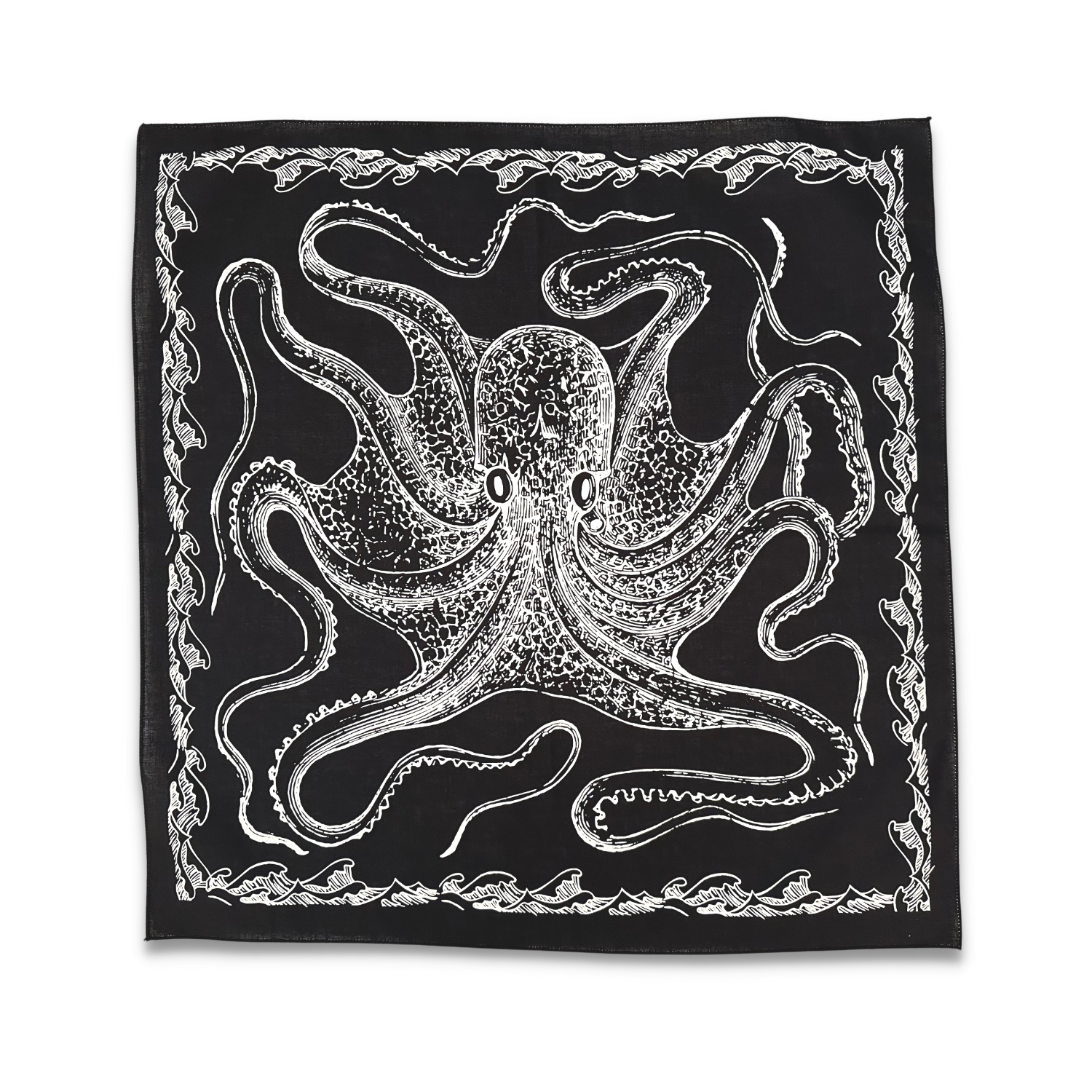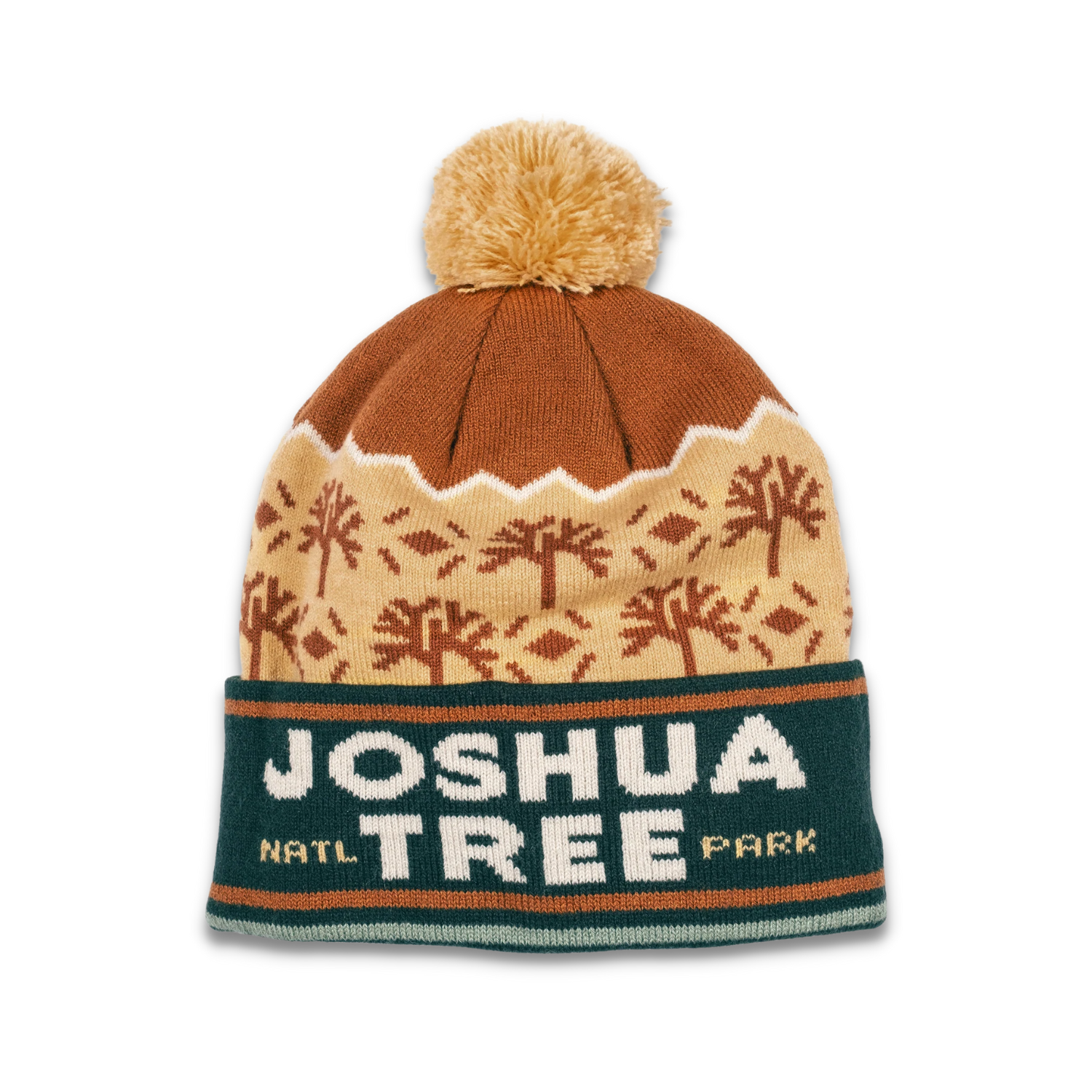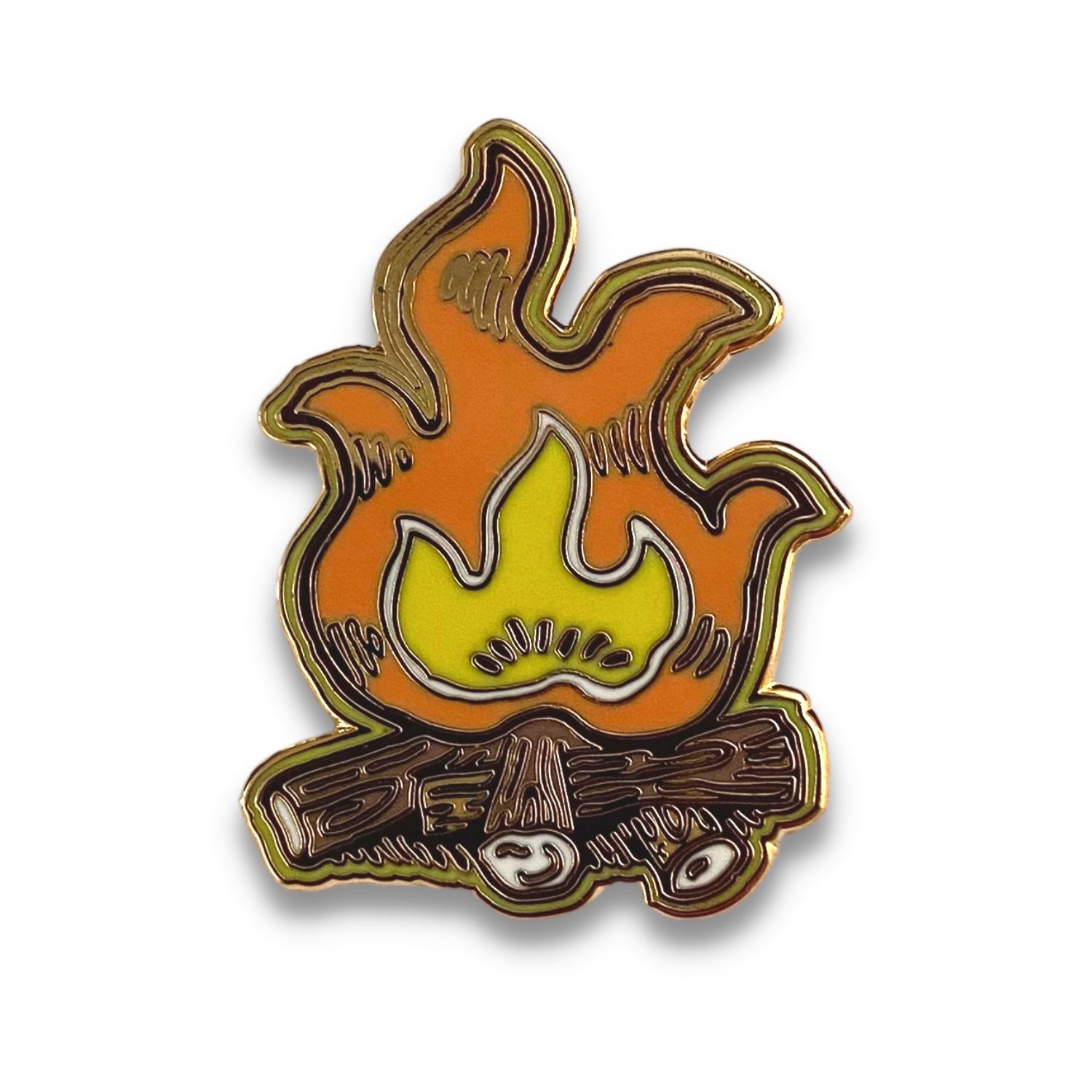Music and fashion have long been intertwined, each influencing the other in a dynamic relationship that shapes culture and individual expression. From the flamboyant styles of rock 'n' roll to the bold statements of hip-hop, music has consistently served as a catalyst for fashion trends, while fashion has become a means for musicians to express their identity and the ethos of their music. This article delves into the symbiotic relationship between these two art forms and how they continue to inspire and reflect each other.
Historical Intersections of Music and Fashion
The relationship between music and fashion can be traced back to various cultural movements throughout history:
-
The 1960s and Rock 'n' Roll: The rise of rock 'n' roll saw icons like The Beatles and Elvis Presley not only influencing music but also becoming fashion symbols. Their distinctive styles, from mod suits to leather jackets, became emblematic of the era.
-
The 1970s Punk Movement: Punk music's emergence brought with it a radical fashion statement. Ripped jeans, leather jackets, and safety pins became synonymous with rebellion and the anti-establishment ethos of punk music.
-
The Glamour of the 1980s: Artists like Madonna and Michael Jackson in the 1980s turned fashion into performance art. Their iconic costumes, from Jackson’s red thriller jacket to Madonna’s cone bras, were as influential as their music.
Fashion as an Extension of Musical Identity
For many artists, fashion is an extension of their musical identity and a tool to communicate their message:
-
Genre-specific Styles: Different music genres often give rise to distinct fashion styles. For example, the relaxed and laid-back clothing in reggae mirrors its music's rhythm and ethos, while the vibrant and extravagant styles in K-pop reflect its high-energy and production value.
-
Stage Persona and Costuming: Many musicians use fashion as a way to create a stage persona or to enhance their performances. Lady Gaga, for instance, uses fashion to create a theatrical experience, blurring the lines between a concert and a fashion show.
Fashion Inspired by Music
Music's influence extends beyond musicians to their audiences and fashion designers:
-
Street Style and Subcultures: Fans often emulate the styles of their favorite musicians, leading to the creation of subcultures around certain music genres, like the grunge movement of the 1990s influenced by bands like Nirvana.
-
Designer Collections and Collaborations: Fashion designers often draw inspiration from music. High-fashion collaborations with musicians, like Beyoncé’s Ivy Park with Adidas, showcase the direct influence of music on fashion design.
Music in Fashion Marketing
Fashion brands have leveraged music to enhance their marketing efforts:
-
Runway Soundtracks: Music plays a crucial role in setting the tone for fashion shows, with designers carefully selecting tracks that complement their collection’s aesthetic.
-
Celebrity Endorsements: Musicians often become brand ambassadors, leveraging their influence to shape fashion trends and reach new audiences.
The relationship between music and fashion is one of mutual inspiration and expression. Both are forms of art that allow individuals to express their identity, emotions, and cultural affiliations. As they continue to evolve, the cross-pollination between music and fashion promises to bring new trends, styles, and modes of expression, reflecting the ever-changing landscape of our cultural fabric. Whether through the flamboyant costume of a pop star or the everyday attire influenced by musical genres, the fusion of music and fashion remains a powerful force in shaping individual and collective style.




